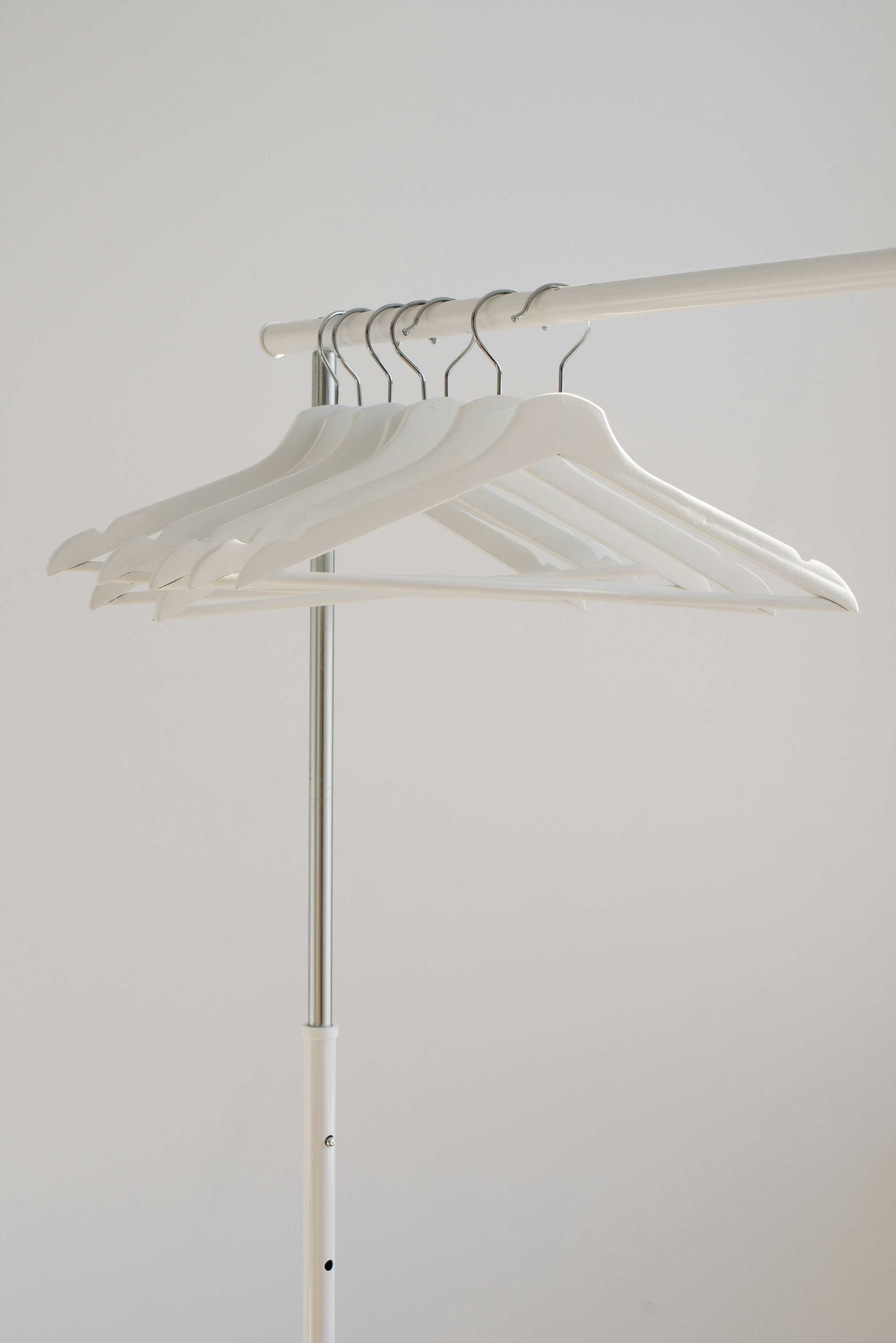
Survival of
the Outfit
Design and make a garment for surviving social breakdown
Description
Brief: Design and make a garment for surviving social breakdown
Group Members : 4
Time Frame: 1 Weeks
Research Methodology:

First Ideation
Concept: The Hug Encouraging Dress


Paper-cutting Exercise
First Prototype
Objective
Promote increased physical affection and alleviate anxiety
Address the impact of the pandemic on social interactions
Design Features:
Incorporates pattern-cutting techniques for prototype development
Functionality
Encourages individuals to engage in more frequent hugs
Provides comfort and aesthetic appeal for wearers
Purpose:
Facilitates a sense of connection and support
Promotes mental well-being through physical touch
Target Audience:
Individuals seeking to enhance their social interactions
Those experiencing pandemic-related anxiety or isolation
Benefits:
Encourages positive physical contact
Fosters a sense of closeness and belonging
Contributes to overall emotional well-being
Second Ideation
Ideation & Concept
Final Concept:
Fashionable Garment for Social Development in Autism
Background:
The impact of COVID-19 on the social development of people with autism was highlighted in 2021 report
Recognition of fragility of mental capacity in individuals with autism
User:
Individual (teachers, guardians) in daycare responsible to teach or look after Autistic childrens
Objective:
Address social breakdown within the autistic community
Aid hyposensitive autistic individuals in rebuilding relationships and reducing challenging or antisocial behaviours
Design Features
Fashionable garments designed for both individualistic and group settings
Incorporates principles from play therapy to facilitate social interaction
Informed Methods:
Utilisation of successful approaches from play therapy
References the work of Orit J. and Virginia R. (2016)
Purpose
Supports individuals with autism in developing social skills
Promotes engagement and interaction in a comfortable and stylish manner
Benefits:
Facilitate social integration and inclusion
Enhance the quality of life for individuals with autism by fostering meaningful relationships

Shopping for Materials
We visited Pound Land and charity shops to buy cheap materials for the design.
Materials Used:
Children’s clothes
Balloons
Cloth sheets
Colour strings
Crepe paper

Cutting Cloths into Strips

Attaching the strip to a strand

Stitching it on the main base
Making the top
Our garment can be thought of as a sensory playground that uses elements of play therapy, ASMR (proven to calm autistic people down), and weight (helping them with their proprioception and anxiety reduction).

Cutting Cloths into Strips

Cutting the skirt to make the main base for the design

Stitching it on the main base
Making the Sleeves
This is a sensory engaging garment that helps hypo-sensitive children with their anxiety, help them improve their focus and also allows them to interact with others more comfortably.
We designed this piece for hyposensitive autistic children. This neuro-divergent group actively seek out sensory experiences – for example, they might wear tight-fitting clothing, look for things to touch, hear or taste, or rub their arms and legs against things. During COVID-19, many of them experienced an increase in anxiety and stress due to the inability to go outside and engage their senses.
Cutting the skirt to make the main base
for the design
Creating ASMR Effects
Testing the mics under the stress ball
Several microphones were strategically positioned amidst the stress balls, intricately linked to an amplifier. As garments move, the mics capture their subtle sounds, which are then amplified, generating a harmonious and calming auditory experience.
Facecover design


ASMR-Inspired Garment for Autism Spectrum Individuals
Utilisation of Autonomous Sensory Meridian Response (ASMR) elements for relaxation and anxiety reduction
Recognition of hypervigilance and social interaction challenges faced by individuals on the autism spectrum
Centred around ASMR elements known for their calming effects
Approachable and tactile design to appeal to sensory preferences
Support individuals with sensory processing difficulties in navigating social interactions

Final Show























